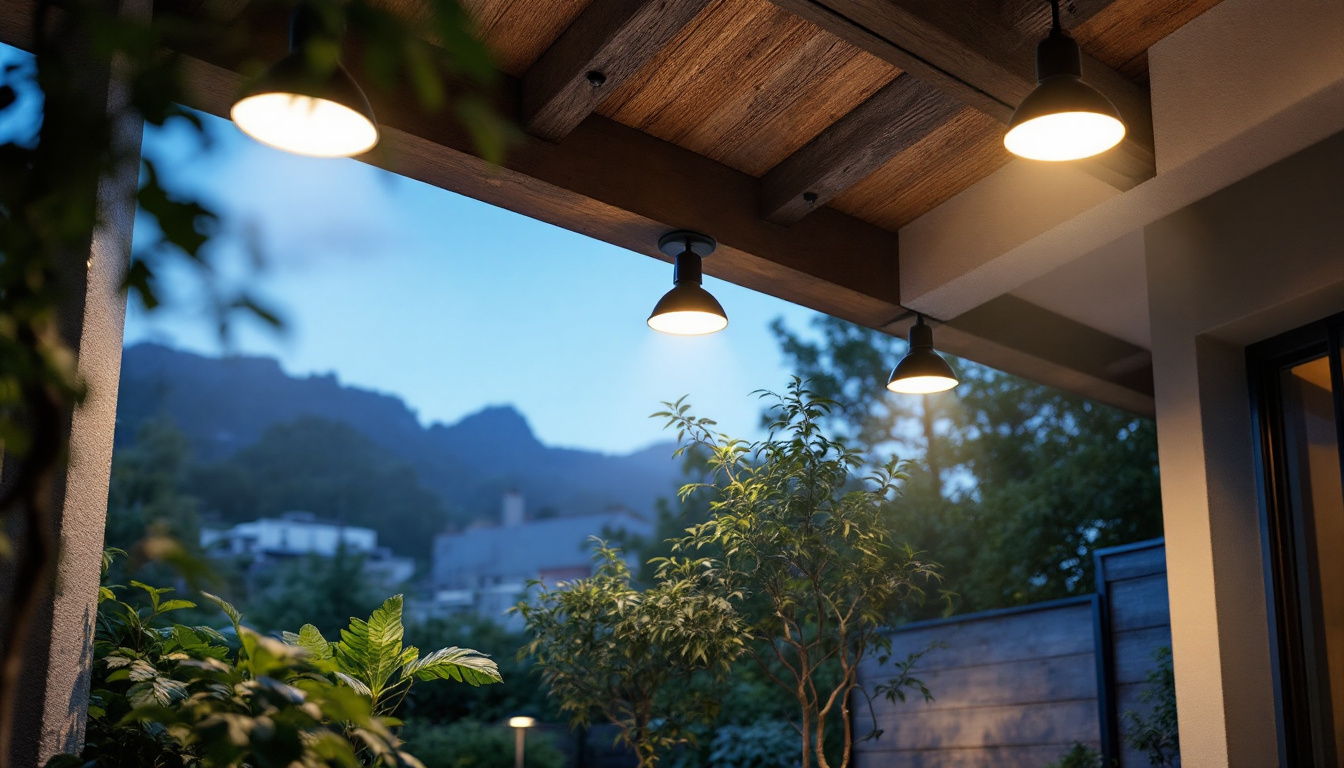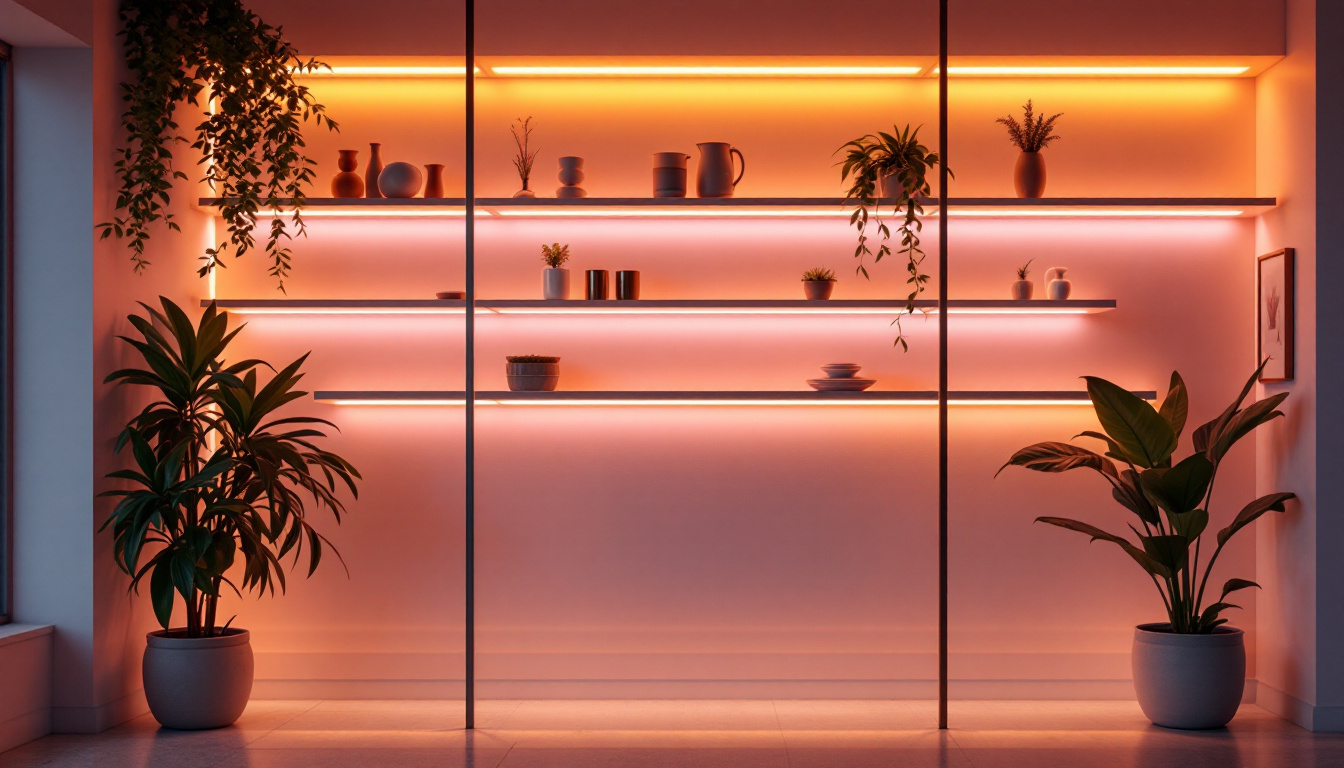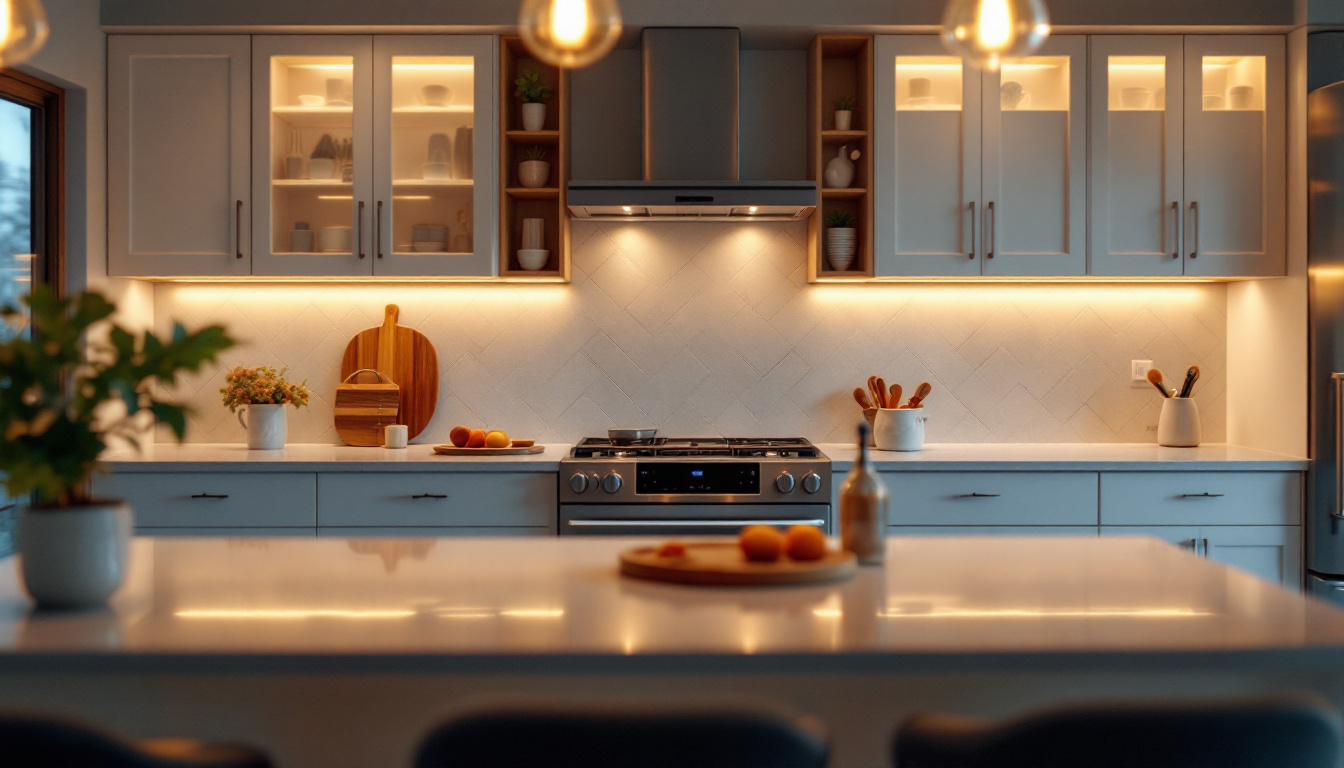
As outdoor lighting continues to evolve, it becomes increasingly important for lighting contractors to stay informed about the best practices and common pitfalls in the field. This guide aims to highlight some of the most frequent mistakes made in outdoor overhead lighting installations, offering insights that can help contractors enhance their projects and ensure client satisfaction.
Outdoor overhead lighting serves a crucial role in enhancing safety, security, and aesthetics in residential and commercial spaces. It is essential for lighting contractors to grasp the fundamental principles of outdoor lighting design to avoid common mistakes that could compromise the effectiveness of their installations.
The selection of fixtures is one of the most critical aspects of outdoor lighting. Contractors must consider factors such as durability, weather resistance, and energy efficiency. Using fixtures that are not rated for outdoor use can lead to premature failures, increased maintenance costs, and dissatisfied clients.
Additionally, the style and design of the fixtures should align with the overall aesthetic of the property. A mismatch can detract from the visual appeal and may even lead to complaints from homeowners or businesses. For instance, a sleek, modern fixture may look out of place in a rustic setting, while ornate designs might clash with minimalist architecture. Therefore, it is advisable to offer clients a range of options that complement their property’s style, ensuring that the lighting enhances rather than detracts from the overall design.
Another common mistake is failing to understand how light distribution affects visibility and ambiance. Different fixtures provide varying light patterns, and it is essential to choose the right type for the intended application. For instance, floodlights are ideal for illuminating large areas, while spotlights can highlight specific features.
Contractors should also consider the height at which fixtures are installed, as this can significantly influence the distribution of light. Proper positioning ensures that areas are adequately lit without creating harsh shadows or overly bright spots. Moreover, understanding the color temperature of the light emitted by different fixtures can also impact the atmosphere; warmer tones tend to create a cozy and inviting environment, while cooler tones can promote alertness and focus. By carefully selecting both the type of fixture and the color temperature, contractors can craft a well-balanced lighting scheme that meets both functional and aesthetic needs.
Even with the right fixtures and design, improper installation can lead to significant issues. Lighting contractors must be vigilant about adhering to best practices during the installation process to avoid these common pitfalls.
Electrical safety is paramount in outdoor lighting installations. A frequent mistake is overlooking the importance of using weatherproof connectors and junction boxes. Exposed wiring can lead to short circuits, electrical fires, or even electrocution.
Contractors should always adhere to local electrical codes and regulations, ensuring that all installations are safe and compliant. This not only protects clients but also enhances the contractor’s reputation for professionalism and reliability. Additionally, using ground fault circuit interrupters (GFCIs) can significantly reduce the risk of electrical hazards, as they are designed to shut off power in the event of a ground fault. This extra layer of safety can be a game changer, especially in areas prone to moisture or heavy rainfall.
Fixture placement is another area where mistakes often occur. Installing lights too low can result in glare and reduced visibility, while placing them too high may not provide adequate coverage. It is crucial to conduct a thorough site assessment to determine the best locations for fixtures.
Moreover, considering the surrounding landscape is essential. Trees, buildings, and other structures can obstruct light, rendering the installation ineffective. A well-planned layout will ensure that all areas are adequately illuminated without any obstructions. Furthermore, the angle of the fixtures should be carefully adjusted to maximize the light spread and minimize shadows. Using adjustable fixtures can help in fine-tuning the lighting effect, allowing for a more dynamic and aesthetically pleasing environment. In addition, contractors should take into account the seasonal changes in foliage, as trees may grow or lose leaves, altering the light’s effectiveness throughout the year.
The technology behind outdoor lighting has advanced significantly, and contractors must stay updated on the latest options available. Choosing the right technology can make a substantial difference in both performance and energy efficiency.
One of the most significant decisions contractors face is whether to use LED or traditional lighting options. While traditional incandescent and halogen bulbs may be less expensive upfront, they often have higher energy costs and shorter lifespans compared to LED fixtures.
LED lighting offers numerous advantages, including longer life, lower energy consumption, and reduced heat output. Additionally, they come in various color temperatures, allowing contractors to create the desired ambiance for outdoor spaces. For instance, warmer tones can create a cozy atmosphere for patios and gardens, while cooler tones are often preferred for security purposes, enhancing visibility without being harsh on the eyes. Furthermore, the durability of LED fixtures makes them ideal for outdoor environments where they may be exposed to varying weather conditions, ensuring a reliable performance year-round.
Incorporating smart lighting solutions is becoming increasingly popular among homeowners and businesses. These systems allow for remote control of lighting, scheduling, and even integration with security systems. However, contractors must ensure that clients understand the technology and its capabilities.
Failing to provide adequate education on smart lighting can lead to frustration and dissatisfaction. Contractors should take the time to explain how to operate these systems and the benefits they offer, ensuring clients can make the most of their investment. Additionally, many smart lighting systems can be programmed to adjust automatically based on the time of day or occupancy, enhancing convenience and energy savings. This level of automation not only contributes to a more efficient energy footprint but also elevates the overall user experience, making outdoor spaces more inviting and functional. As technology continues to evolve, staying informed about the latest advancements in smart lighting will be crucial for contractors looking to meet the growing demands of their clients.
Outdoor lighting should not only serve practical purposes but also enhance the visual appeal of a property. A well-thought-out design can create inviting spaces that encourage outdoor activities and improve curb appeal. When done right, outdoor lighting can transform a mundane backyard into a magical retreat, perfect for evening gatherings or quiet contemplation under the stars. The interplay of light and shadow can also create a sense of depth and dimension, making the landscape feel more expansive and engaging.
One common mistake in outdoor lighting design is failing to balance light levels. Overly bright areas can create discomfort and glare, while insufficient lighting can lead to safety hazards. It is crucial to achieve a harmonious balance that provides adequate illumination without overwhelming the senses. A well-planned lighting scheme can guide the eye and enhance the natural beauty of the surroundings, allowing for a seamless transition from day to night.
Using a combination of different types of fixtures can help achieve this balance. For instance, ambient lighting can create a warm atmosphere, while task lighting can illuminate specific areas for activities such as cooking or reading. Additionally, incorporating dimmers or smart lighting systems can allow homeowners to adjust the intensity of the lights based on the occasion, further enhancing the versatility of outdoor spaces. This adaptability ensures that the lighting can cater to everything from lively gatherings to intimate dinners.
Outdoor lighting presents an excellent opportunity to highlight architectural features and landscaping. However, many contractors overlook this aspect, resulting in bland and uninspired installations. Thoughtful placement of lights can draw attention to unique elements, such as columns, sculptures, or garden beds. By strategically illuminating these features, homeowners can create a focal point that adds character and charm to their outdoor environment.
Using techniques such as uplighting or downlighting can create dramatic effects that enhance the overall aesthetic of the property. Contractors should work closely with clients to identify key features they wish to highlight and design the lighting accordingly. For example, uplighting can be used to cast a soft glow on tree canopies, creating a stunning silhouette against the night sky, while downlighting can mimic the natural effect of moonlight, providing a gentle wash over pathways and patios. This thoughtful approach not only elevates the beauty of the property but also fosters a sense of security and comfort for those enjoying the outdoor spaces after dark.
Maintenance is a crucial aspect of outdoor lighting that is often neglected. Regular upkeep not only extends the lifespan of fixtures but also ensures that they continue to perform effectively.
Contractors should advise clients on the importance of regular inspections to identify any issues before they escalate. This includes checking for burnt-out bulbs, damaged fixtures, or signs of wear and tear. Early detection can save clients money on repairs and replacements in the long run.
Additionally, seasonal maintenance is essential, especially in regions with harsh weather conditions. Ensuring that fixtures are clear of debris and that connections are secure can prevent many common problems.
As technology continues to evolve, it may be beneficial for clients to upgrade their outdoor lighting systems over time. Contractors should stay informed about new products and advancements in lighting technology to provide clients with the best options available.
Encouraging clients to consider upgrades can enhance their outdoor spaces and improve energy efficiency. Providing information on the latest trends and technologies can position contractors as knowledgeable professionals in the field.
Outdoor overhead lighting is a vital component of any property, and avoiding common mistakes can significantly enhance the effectiveness and appeal of installations. By understanding the basics, ensuring proper installation, selecting the right technology, and focusing on design and maintenance, lighting contractors can deliver exceptional results that satisfy their clients.
Staying informed about industry trends and best practices is essential for success in this competitive field. By prioritizing quality and attention to detail, contractors can build a reputation for excellence that leads to repeat business and referrals.
Ready to elevate your outdoor overhead lighting installations with the best products in the market? Look no further than LumenWholesale. We provide lighting contractors with spec-grade lighting that combines quality and affordability, ensuring your projects shine without breaking the bank. Our extensive selection is designed to meet the highest industry standards, offering you reliability and performance that you and your clients can trust. Plus, with free shipping on bulk orders, you can stock up on superior lighting solutions and enjoy the convenience of having them delivered directly to your doorstep. Don’t let middleman markups dim your potential. Choose LumenWholesale for your lighting needs and experience the perfect blend of quality, affordability, and convenience. Wholesale Lighting at the Best Value.

Discover how tape lights LED can revolutionize your lighting installation projects with their versatility and efficiency.

Discover effective strategies for training your team in lighting techniques with our comprehensive guide.

Discover the crucial role lumens per square foot play in lighting design and how this measurement impacts the success of contractors’ projects.

Discover innovative strategies from top lighting contractors on enhancing your kitchen’s ambiance with under-cabinet lighting.